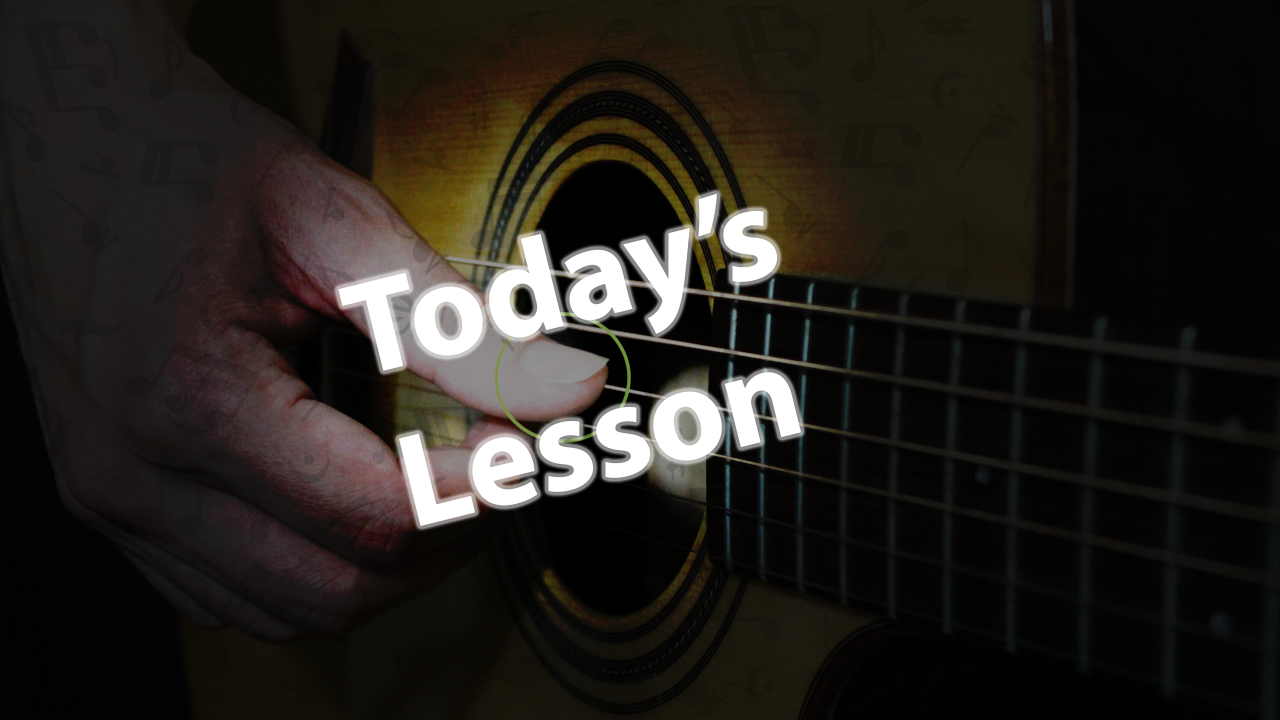Introduction:
Alternate tunings can add an entirely new dimension to your fingerstyle guitar playing. By changing the standard tuning of your strings, you can create unique sounds and textures that can inspire new ideas and creativity in your music. In this article, we will explore some popular alternate tunings for fingerstyle guitar and how you can incorporate them into your playing.
Open Tunings:
One of the most common types of alternate tunings for fingerstyle guitar is open tunings. Open tunings involve tuning the guitar so that strumming all the strings without fretting any notes creates a chord, typically a major chord. Open tunings can make it easier to play chord progressions and create a fuller sound without needing to fret as many notes. Some popular open tunings for fingerstyle guitar include Open D (DADF#AD), Open G (DGDGBD), and Open C (CGCGCE).
DADGAD Tuning:
DADGAD tuning is another popular alternate tuning for fingerstyle guitar. This tuning involves tuning the guitar to DADGAD, which creates a rich and resonant sound that is particularly well-suited for Celtic and folk music. DADGAD tuning allows for unique voicings and chord shapes that can add depth and complexity to your playing.
Dropped D Tuning:
Dropped D tuning is a simple yet effective alternate tuning for fingerstyle guitar. In dropped D tuning, the low E string is tuned down a whole step to D, creating a lower, bass-heavy sound. Dropped D tuning is commonly used in rock and blues music, but can also be used in fingerstyle guitar to add depth and richness to your playing.
Experiment and Explore:
Ultimately, the best way to incorporate alternate tunings into your fingerstyle guitar playing is to experiment and explore. Try out different tunings and see how they influence your playing style and sound. Don’t be afraid to make mistakes or take risks – some of the most innovative and unique sounds in music come from pushing boundaries and trying new things. So grab your guitar, tune it up in a new way, and see where your musical journey takes you!


0 Comments